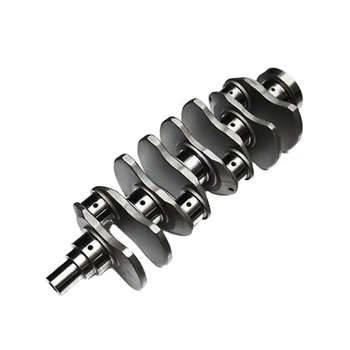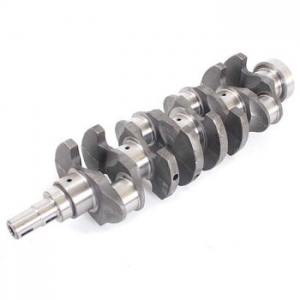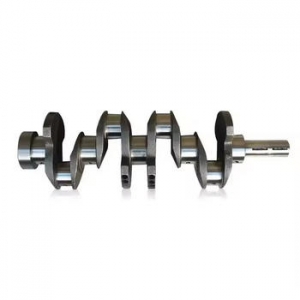Introduction to Crankshafts
The crankshaft is a crucial component in internal combustion engines, converting the reciprocating motion of the pistons into rotational motion. High-performance crankshafts are designed to withstand extreme forces and maintain precision and balance, ensuring optimal engine performance. This article explores the manufacturing process of high-performance crankshafts, highlighting the importance of precision engineering and materials selection.
Forging Process
The manufacturing process of high-performance crankshafts begins with forging. Forging is a metalworking process that shapes a piece of metal by applying localized compressive forces. In the case of crankshafts, a steel billet is heated to a high temperature and then shaped using a series of dies. This process increases the strength and fatigue resistance of the metal, making it ideal for high-performance applications.
Machining Process
Once the crankshaft has been forged, it undergoes a series of machining operations to achieve the final shape and dimensions. These operations include turning, milling, and grinding. During the machining process, critical features such as the main journals, crank pins, and counterweights are formed. High-precision machining is essential to ensure proper balance and minimize vibration, which can negatively impact engine performance.
Heat Treatment
After machining, the crankshaft undergoes heat treatment to further enhance its properties. Heat treatment involves heating the crankshaft to a specific temperature and then cooling it at a controlled rate. This process can increase the hardness, strength, and toughness of the metal, improving its resistance to wear and fatigue. The most common heat treatment processes for crankshafts are normalizing, hardening, and tempering.
Finishing and Inspection
The final stages in the manufacturing process of high-performance crankshafts involve finishing and inspection. Finishing operations, such as polishing and shot peening, improve the surface finish and increase fatigue resistance. Inspection and quality control are critical to ensure that the crankshaft meets the required specifications. Common inspection methods include dimensional checks, surface finish measurements, and non-destructive testing techniques such as magnetic particle inspection and ultrasonic testing.
Conclusion
The manufacturing process of high-performance crankshafts is a complex and precise operation that involves forging, machining, heat treatment, finishing, and inspection. Each step plays a critical role in ensuring that the crankshaft meets the demanding requirements of high-performance engines. By understanding the manufacturing process, engineers and technicians can better appreciate the importance of precision engineering and materials selection in the production of these critical engine components.




